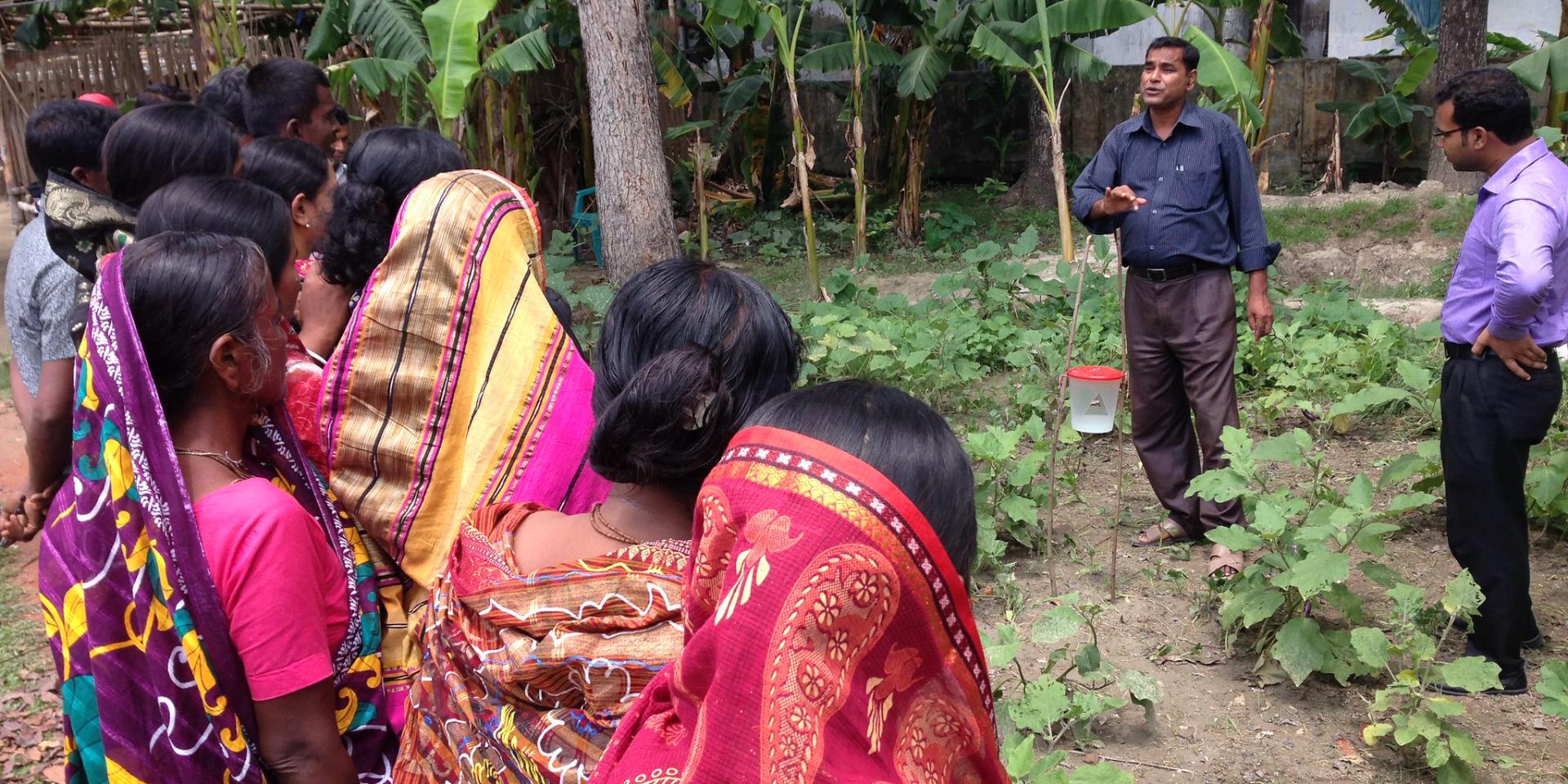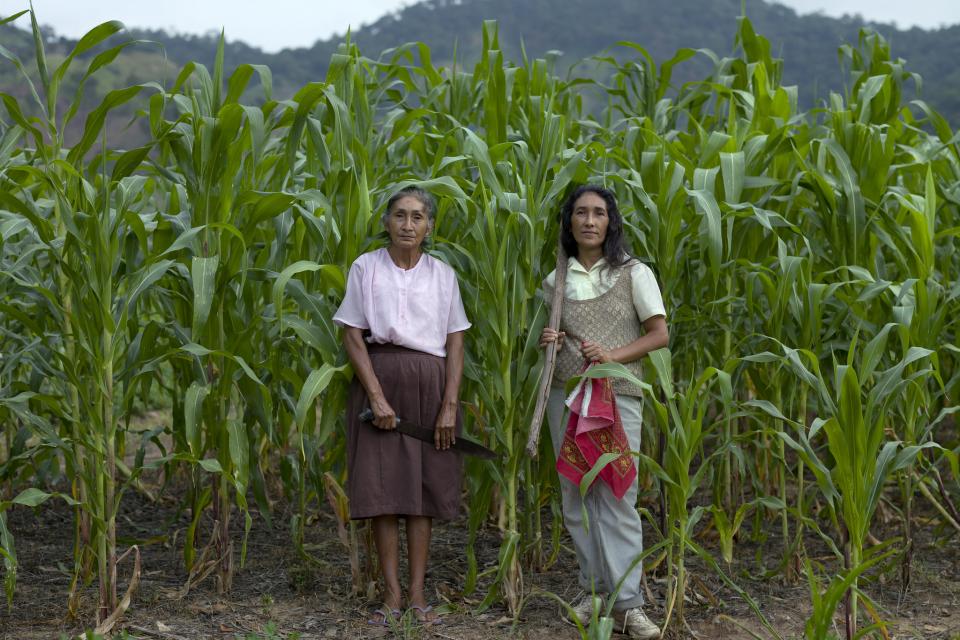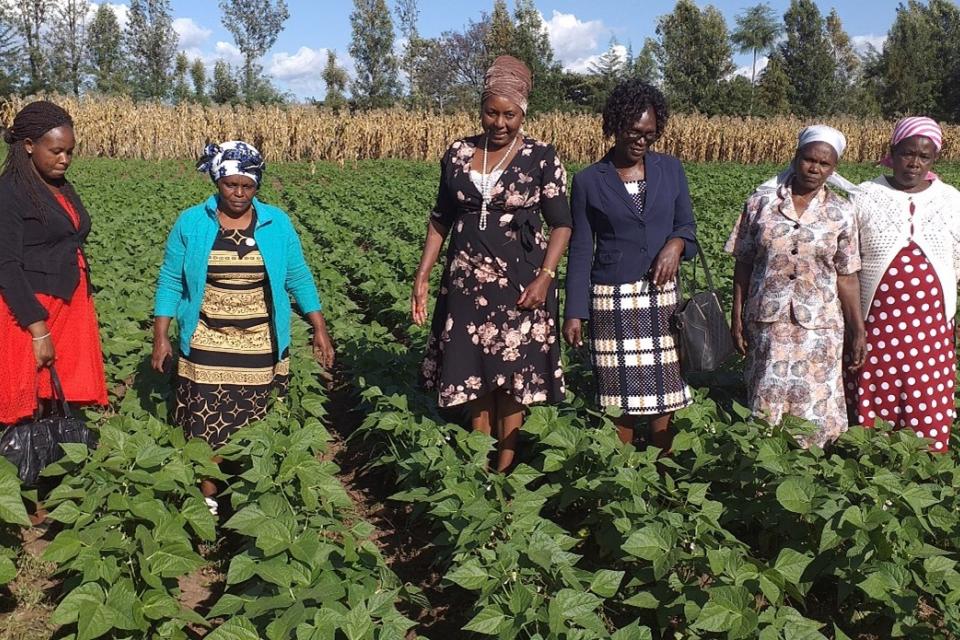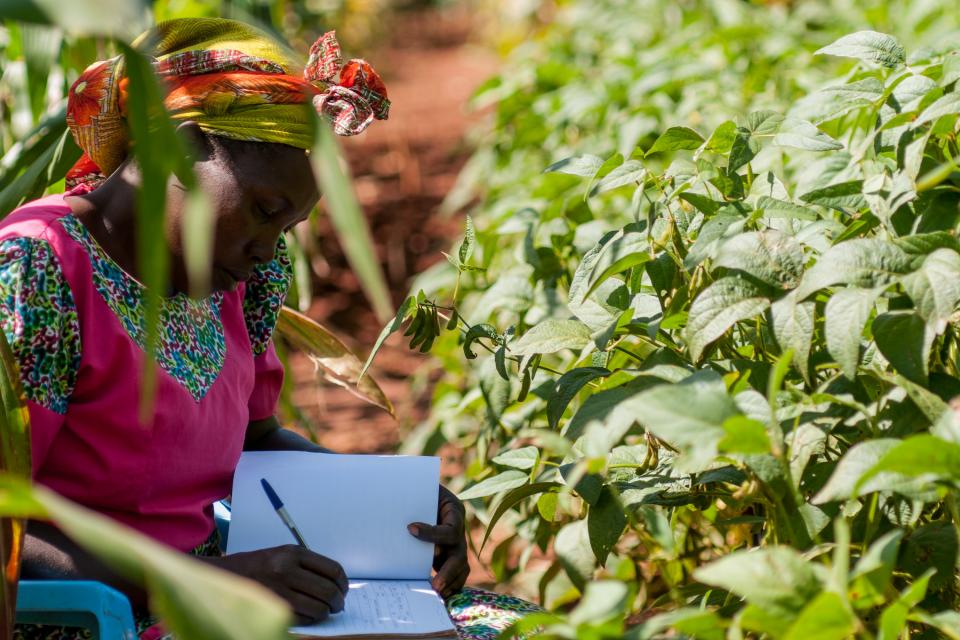Training women groups to build a self-reliant quality seed system in Eastern India
 Photo: Kipp Sutton/USAID
Photo: Kipp Sutton/USAID
In rural India, the involvement of women in agriculture for their livelihood is as high as 80%, where 33% are cultivators and about 47% are agricultural laborers. Yet women own only 13% of the farmland. Women are also often excluded in extension programs and receive farming-related information from secondary sources.
Quality seed is the foundation for productivity and a bearer of new technologies which can lead to the well-being of rural families dependent on farming. The practice of seed saving has been a cornerstone of Indian farming traditions that made agriculture a way of life, especially in rural villages. However, in Eastern India, limited or no access to quality seed created a weak informal seed channel (exchange of farm-saved seeds with other farmers) which often results in low yields after successive cultivation. Thus, the practice of quality seeds production and storage and the awareness of improved varieties are the need of the hour on the ground level.
In many rural communities, saving seeds over the generations is a farming activity primarily carried out by women. Women who are involved in farming need to be brought to the front row as the primary farmer or seed grower by upskilling their inherent capabilities in seed multiplication, management, and storage.


